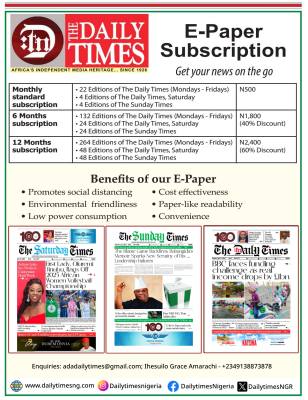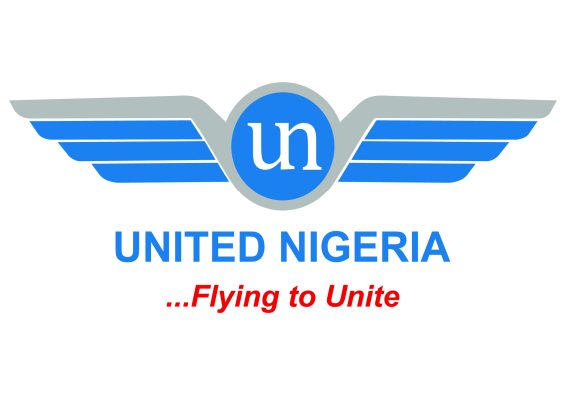FinTrak urges mortgage banks on indigenous providers of IFRS 9 software

As Mortage banks and financial institutions prepare for migration to IFRS9 financial reporting tool which is to be effective from January 1, 2018, FinTrak, Indigenous financial software developer urges the institutions to look inwards for indigenous software providers, instead of the rush for foreign financial software.
Bimbo Abioye, group managing director, FinTrak Software who made this plea, recently stated that: “Nigerian mortgage banks and financial houses should avoid the mistake that they made when they rushed for foreign financial software that didn’t work for them back in 2012 only for them to look inwards for an indigenous software provider.”
Abioye affirmed that FinTrak IFRS 9 software is easily adaptable to any institution and with a robust after sales support which most of the over the shelf foreign software lack.
“We have over 120 hundred engineers that are on the ground that will give our clients the support and after sales services required. In some cases, we give advisory services to the clients as part of our value added service. We just don’t dump software to the clients, we always do follow up,” he highlighted.
One of the high points of FinTrak IFRS9 software, he said is to minimize human input by full automation, adding that “Our team has been able to provide a financial reporting tool that has a high degree of transparency, accuracy and timeliness with the ability to explain any movement to the lowest level.”
On his part, Steve Ongharaka, executive director, Technical Services, FinTrak, explained that FinTrak IFRS 9 solution is not an option for most banks, mortgage banks and financial houses to monitor their credit manually.
“With the IFRS9 software, everything is automated. With this software, the system is scheduled and reports are delivered at a particular time, thereby increasing productivity and reducing wastage of man hours,” Ongharaka said.
According to him, FinTrak IFRS 9 is developed in line with the International Financial Reporting Standard (IFRS) specification, stressing that the software addresses the accounting for financial instruments.
“It has three main areas: classification and measurement of financial instruments, impairment of financial assets and hedge accounting. It will replace the earlier IFRS for financial instruments, IAS 39, when it becomes effective in 2018,” he added.
Tony Nwakaegho







